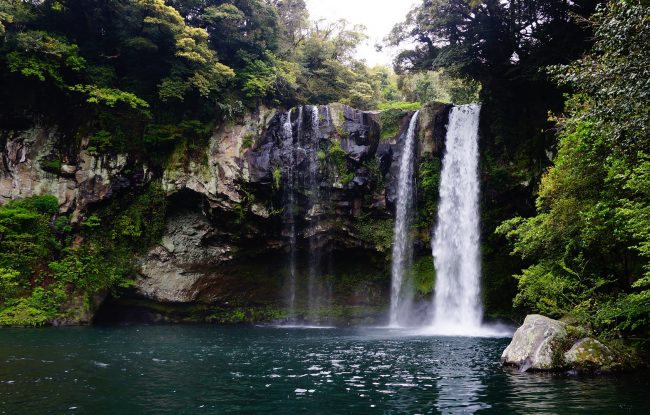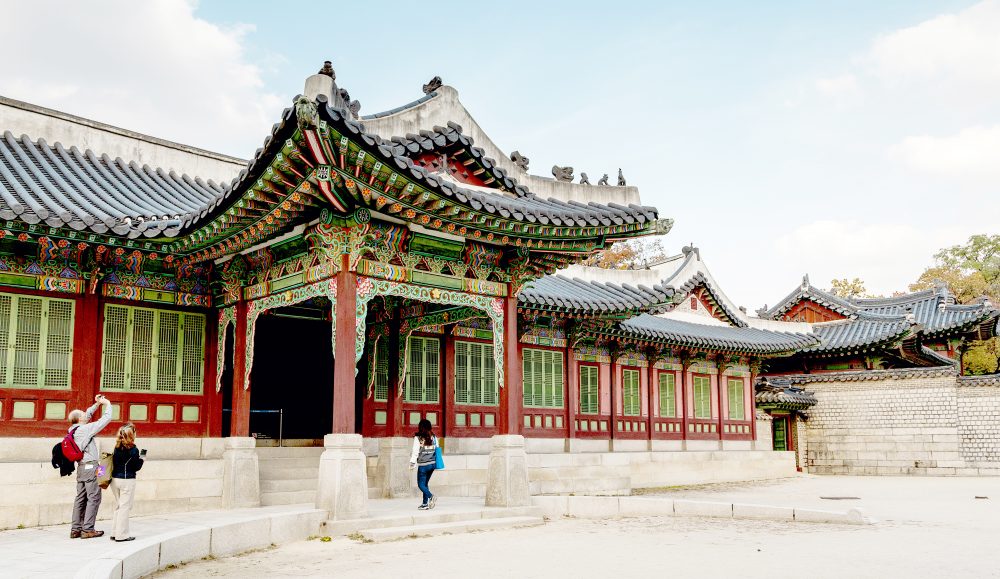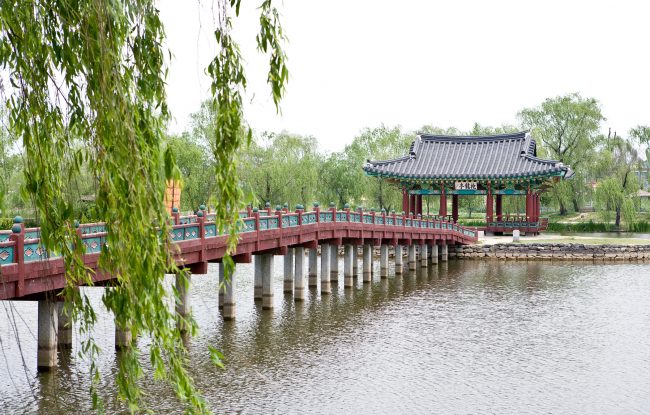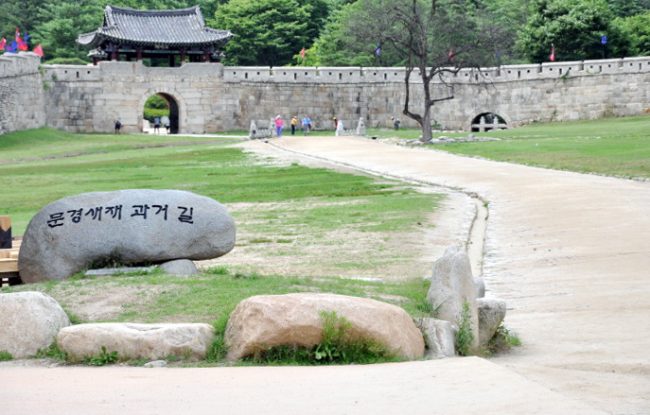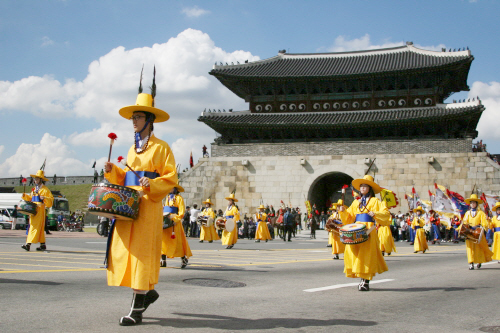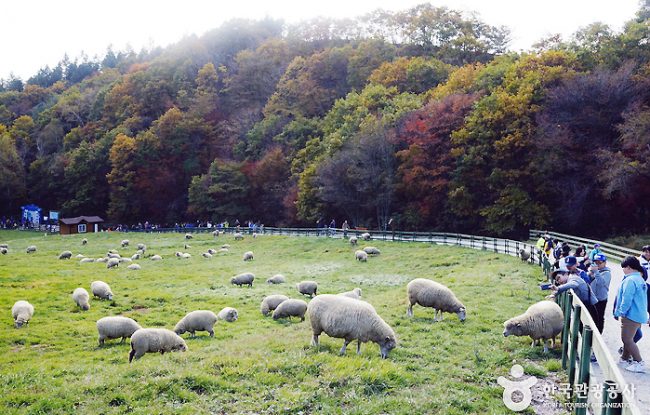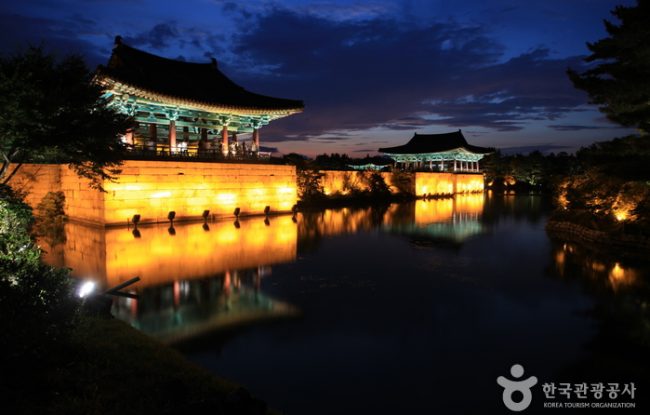


Loading
Jeju Trick Eye Museum opened in January 2013 as the third in the franchise, after Hongdae and Busan...…
The water at Cheonjiyeon Falls, meaning "sky connected with land," appears to fall from the heavens, giving the falls its name.…
Changdeokgung Palace was the second royal villa built following the construction of Gyeongbukgung Palace in 1405. It was the principal palace for many kings of the Joseon Dynasty, and is the most well-preserved of the five remaining royal Joseon palaces.…
Seodong Park is a sculpture park displaying 68 sculptures created by famous Korean sculptors. Mahan Hall showcases the lifestyle and culture of Mahan, a tribal confederation during the Samhan period. The park also features various facilities such as an observatory, fishing spot and a promenade.…
There are 3 legendary boundary gates at Mungyeong Saejae Provincial Park, on rough mountaintops, which are reputed to be too tall for even birds to fly over.…
Naksan Park gets its name from its camel hump-like appearance. In Korean ‘nakta’ means camel and ‘san’ means mountain. So people refer to the park as Nakta Park or Naksan Park. The mountain is a solid granite bedrock.…
Hwaseong Fortress is an impressive structure from the latter part of the Joseon Dynasty (1392-1910) and the official fortress of Suwon-si, Gyeonggi-do. The fortress, constructed from 1794 to 1796, was built as a display of King Jeongjo’s filial piety towards his father and to build a new pioneer cit…
Daegwallyeong Sheep Farm is a privately owned ranch on an area of 195 k㎡. There are many ranches in Pyeongchang, but Daegwallyeong Sheep Farm is the only ranch that raises sheep.…
Gyeongju Donggung Palace and Wolji Pond were the secondary palace site which was used for the palace of the Crown Prince along with other subsidiary buildings and it also was the banquet site for important national event and important visitors. After the fall of Silla, the site was abandoned and for…






 Refine Search
Refine Search



